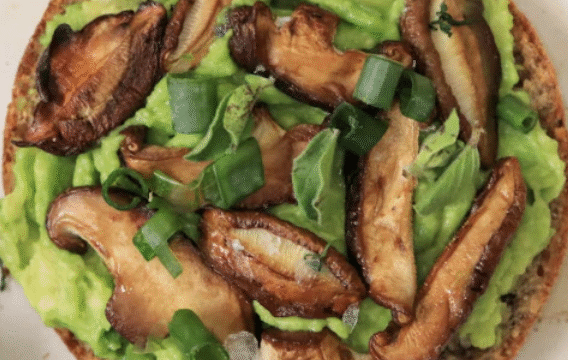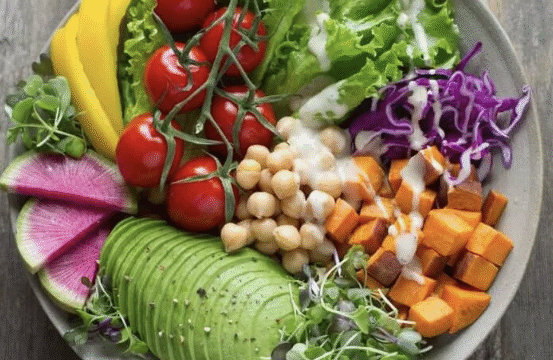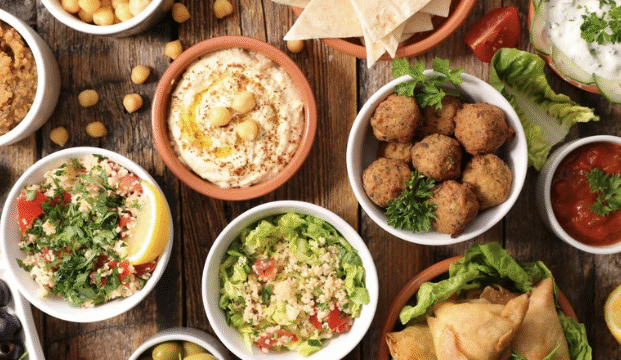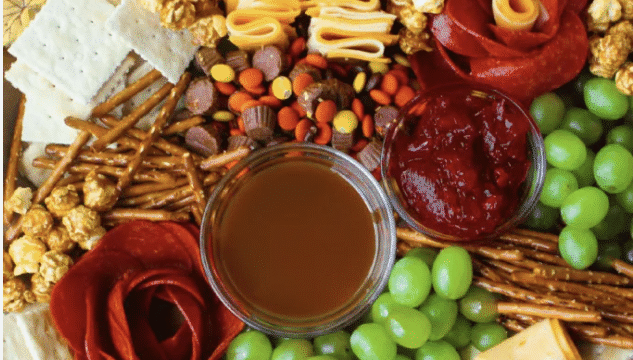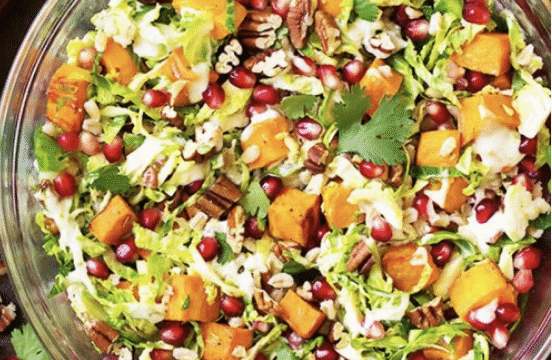Many snacks marketed for children may look healthy on the outside, but a closer look at the label often reveals a different story—one filled with added sugars. While a little sweetness isn’t harmful, regularly consuming too much sugar can contribute to poor energy levels, tooth decay, and future health risks.
Here’s how to identify sugary snacks and offer better alternatives without cutting out treats entirely.
1. Check the Ingredients List
The first step to spotting sugary snacks is reading the ingredient label. Sugar can hide under many names, including:
-
High-fructose corn syrup
-
Cane juice or cane sugar
-
Dextrose, maltose, or glucose
-
Fruit juice concentrates
-
Syrup (like rice syrup or maple syrup)
If one of these shows up in the first three ingredients, the snack may be high in added sugar.
2. Look at the Sugar Content
On the nutrition label, check how many grams of added sugars are listed. The American Heart Association recommends that children aged 2–18 have less than 25 grams (about 6 teaspoons) of added sugar per day. Some snack bars or flavored yogurts can have nearly that much in one serving.
3. Common Sneaky Sugar Bombs
Even snacks that seem healthy can be high in sugar. Watch out for:
-
Fruit snacks and roll-ups – often more sugar than fruit
-
Flavored yogurts – can have as much sugar as ice cream
-
Granola bars – some are more like candy bars
-
Sweetened cereals – even “whole grain” varieties may have added sugars
4. Simple Swaps for Lower-Sugar Snacks
You don’t need to eliminate all sweet snacks. The goal is balance. Here are healthier options:
-
Plain yogurt with fresh fruit
-
Whole fruit (like apple slices or grapes)
-
Unsweetened applesauce
-
Homemade trail mix with nuts, seeds, and a few dark chocolate chips
-
Nut butter on whole grain crackers or banana slices
5. Teach Kids About Taste and Choice
Kids’ palates adapt over time. Try offering less-sweet snacks regularly and talk about how foods make them feel. Energy crashes after sugary snacks can be a teachable moment.
Encourage children to be part of snack prep, so they feel more ownership over their choices.
Final Thought
Not all sugar is bad—but being aware of where it’s hiding helps you make informed snack decisions for your children. With a few easy swaps and label checks, you can offer delicious, balanced snacks that support your kids’ growth and energy—without the sugar overload.

